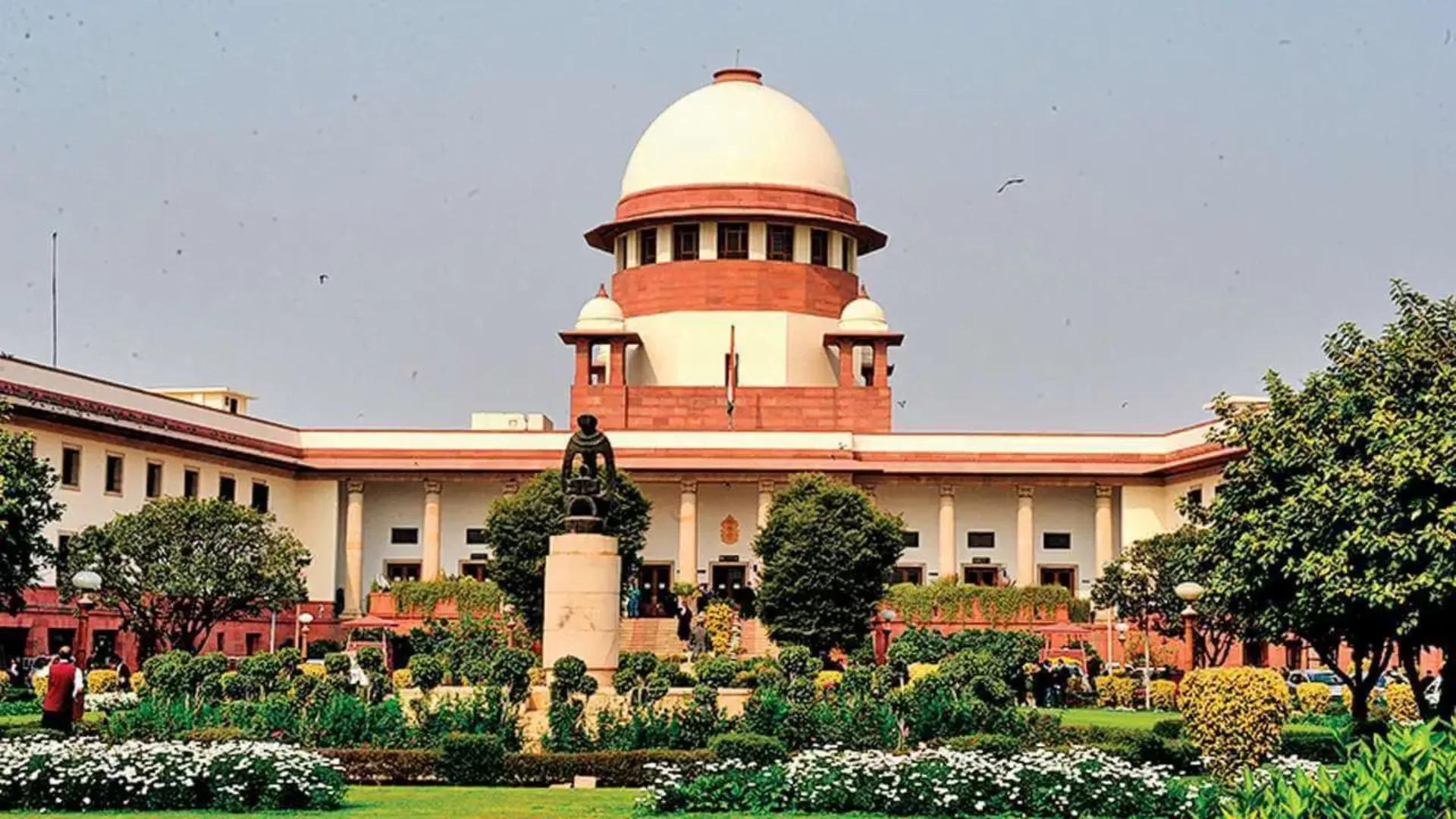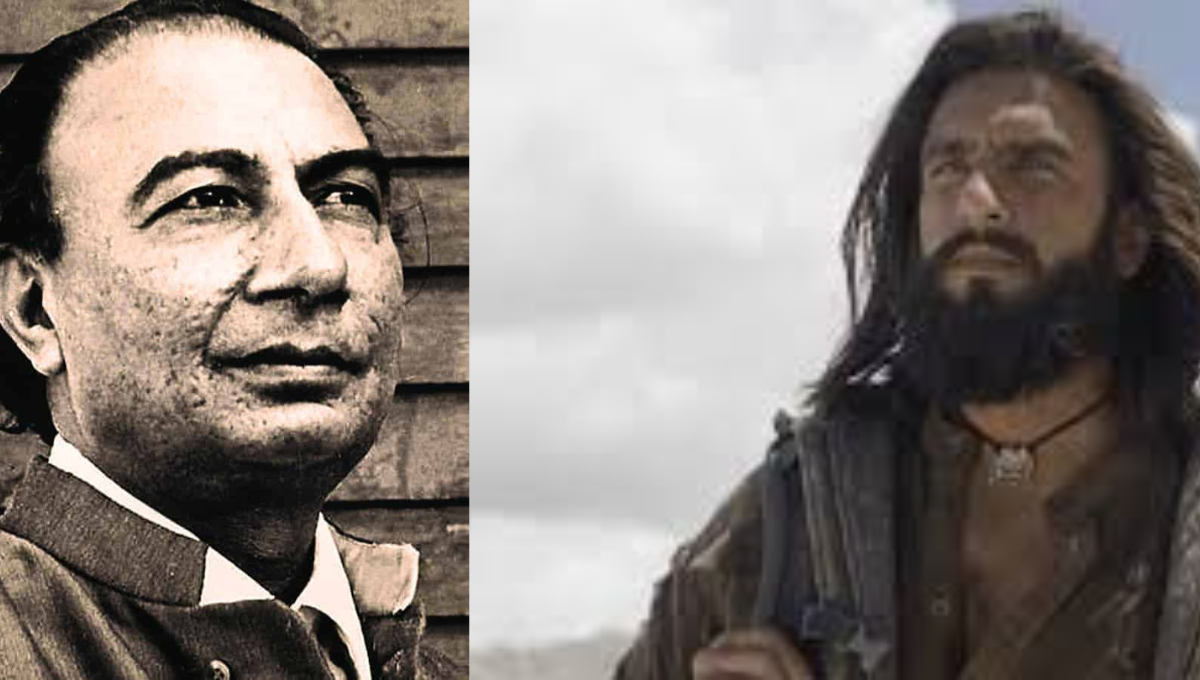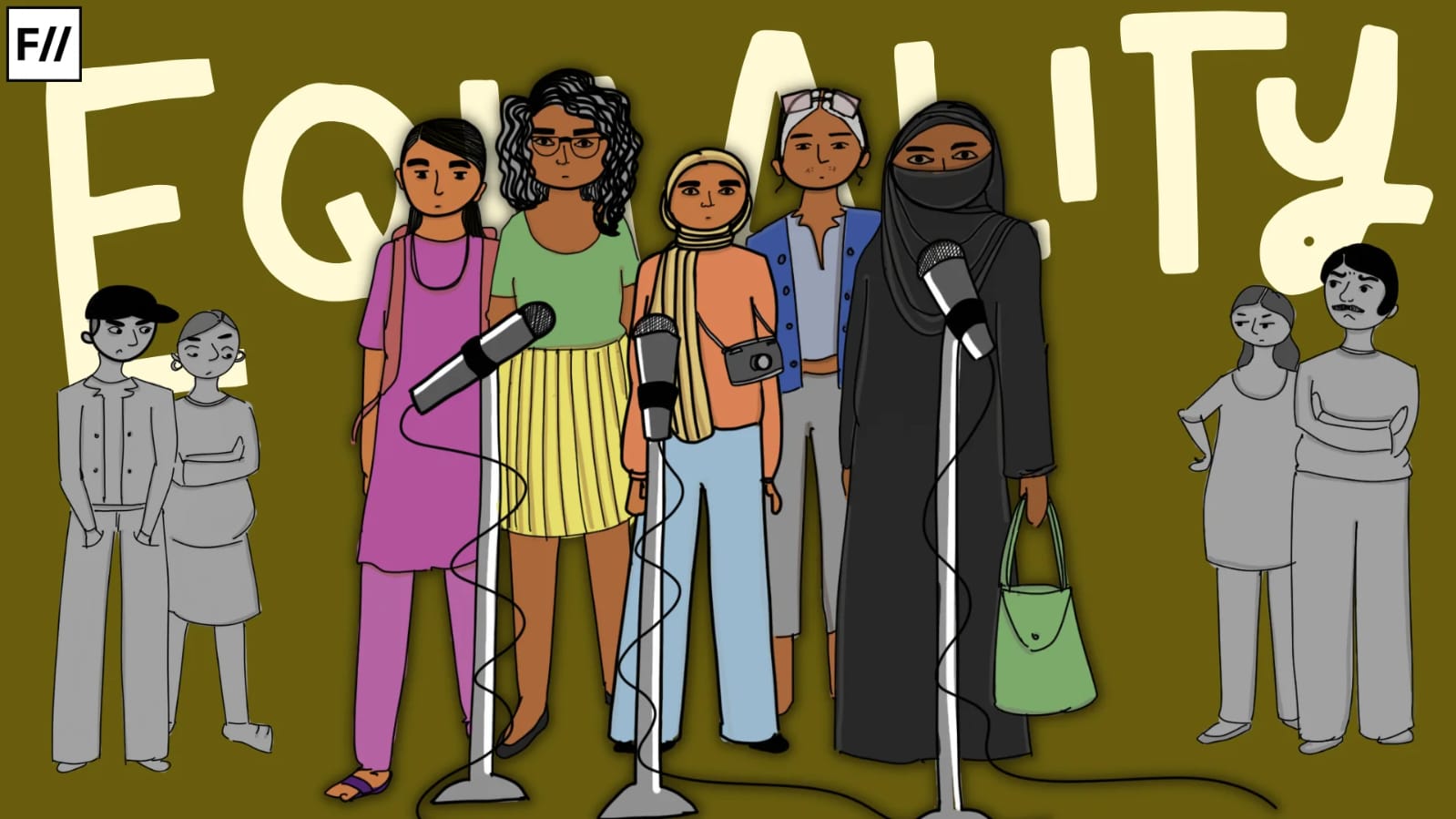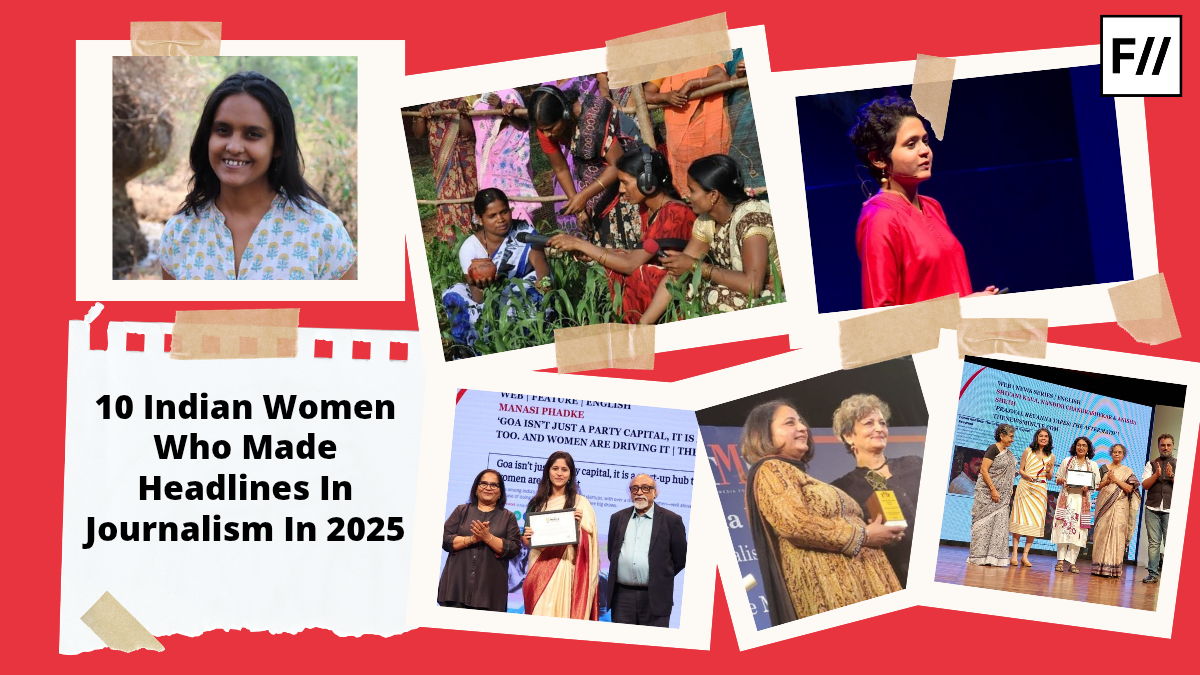The Supreme Court’s recent directive to the popular comedian Samay Raina to issue a public apology for ridiculing persons with disabilities in an episode of a podcast has sparked a long-standing debate on the regulation of free speech in the digital age. The court has mentioned that even freedom of expression is a pillar of democracy, but it is not absolute, especially when such speech converts into discriminatory content. This particular directive of the court reminds us that the internet and social media platforms are also subject to the same standards and laws as any other offensive and discriminatory act in public life.
Following this, the Supreme Court has urged the government to lay down clean and comprehensive guidelines for social media to prevent the misuse of free speech on platforms like YouTube, Twitter, and Facebook. This order can be seen as a welcome step towards curbing harmful online speech and abuse. Cases of online abuse, hate speech, and fake news are rising in digital spaces, which can harm the cohesion and harmony of society. The question remains: if the state enters into this dynamic digital space, how can the government and lawmakers regulate without stopping creators from expressing their opinions or being creative?
Free speech in digital space: potential and problem
The internet, which is everyone’s requirement in this digital age, significantly impacts public opinion. It helps us express ourselves and connect with wider information, and participate in movements without the control of conventional media. These platforms, like YouTube, Twitter, and Instagram, have empowered marginalised communities, activists, and independent creators to foster important conversations around caste, race, gender, disability, and many social and political issues. We can see this clearly in recent movements like #MeToo and #BlackLivesMatter, etc.
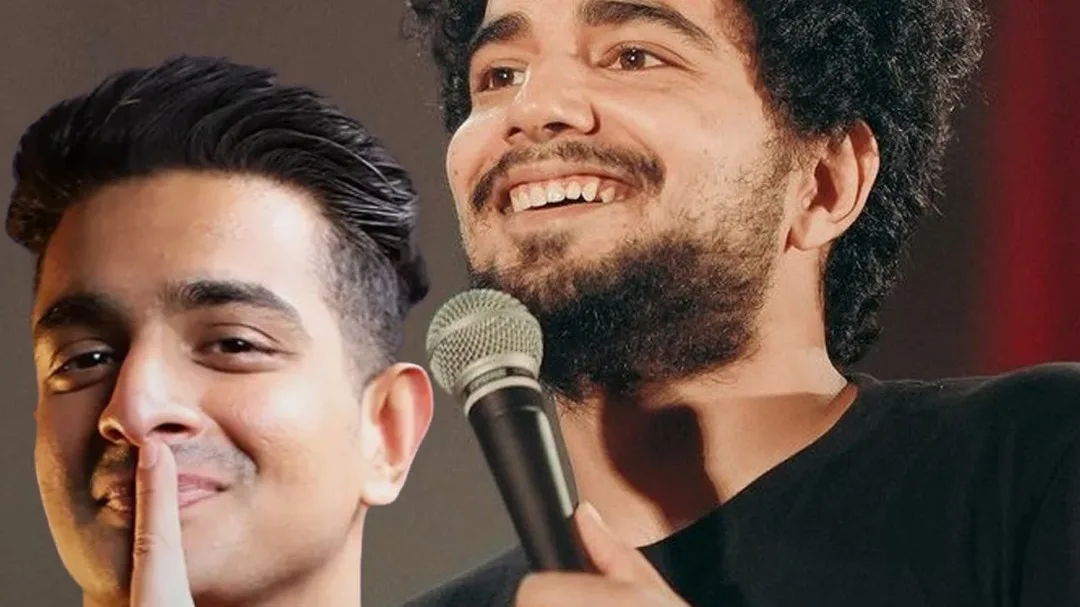
On the other side, this freedom also brings huge risks: the risk of digital violence and abuse. These platforms strengthen voices but also allow widespread abuse. It is very clear from the cases, in the present scenario, where vulnerable groups like marginalized communities, women, LGBTQIA communities, and the disabled often face severe online abuse through fake news, trolling, hate speech, and cyberbullying. It is also noted that digital abuse, like doxxing, stalking, and online misogyny, limits the participation of women in public discourse.
Though humor and satire are legally protected forms of expression, the court ruled that making fun of disabled individuals is something beyond satire, and this can cause real harm.
The current case of harmful comments by the comedian highlights this tension clearly. Though humor and satire are legally protected forms of expression, the court ruled that making fun of disabled individuals is something beyond satire, and this can cause real harm. This particular ruling sends a message that free speech comes with social responsibility, mainly for the creators and influencers with commercial influence. At the same time, efforts to control online speech can go beyond the limits of regulation. India leads the world in Internet shutdowns, often during protests or communal unrest. As reported by Human Rights Watch these shutdowns unevenly affected the working-class communities by disrupting the access to education and essential services.
As a result, India faces a delicate balancing task of regulating harmful content without suppressing the free expression of social media creators and their opinions. This requires a law that is clear regarding the accountability of such platforms, alongside protecting the rights of people. The digital space must remain open, safe, and inclusive rather than a place of discriminatory and harmful content that goes unchecked. At the same time, it should also not be the place where the government forces creators to stay quiet and stop them from expressing their views.
The challenge of drafting effective social media guidelines
Drafting rules to regulate social media can be challenging because it is difficult to stop harm without violating free speech. The Supreme Court’s order to the government to regulate social media requires a fair and transparent approach that focuses on various other aspects as well. First, defining harmful content clearly. These terms, like hate speech, misinformation, and harassment, are not clearly defined, which leads to unfair and biased actions. To prevent misuse and ensure fairness, the law should clearly explain these terms. The legal experts, tech professionals, civil society, and even the communities most affected by online exploitation should be involved in the process of defining these terms.
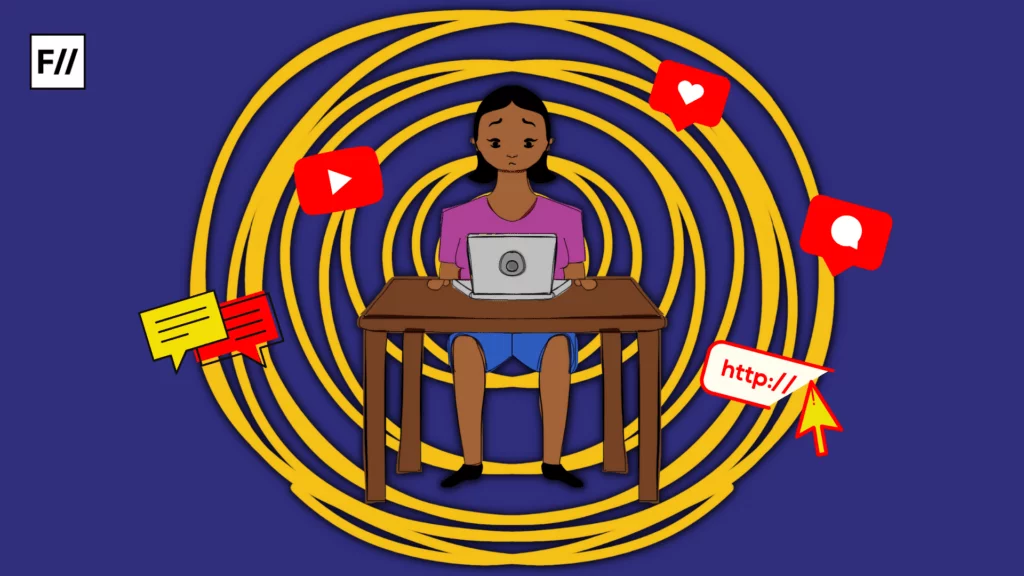
The rules should be transparent and accountable. These social media platforms should implement their content rules fairly and openly. If anyone’s post or account is blocked/removed, these platforms must provide a clear reason behind it, with creators having the right to appeal the decision. The act of banning accounts or removing content without explanation can be risky for our democracy, as it will silence honest opinions and fundamental views. There is a need to understand that online abuse affects some groups more than others, for example, women, religious minorities, the LGBTQIA+ community, and people with disabilities. This is why there must be an easy, safe, and quick way to report harmful content for victims of such online abuse. Also, the platforms should promptly act on such reports and support the victims (UN Women).
The term “digital censorship” is often associated with the strict government control and a complete ban on vigil and honest voices that disagree with the government. In India, though the claim might be made of encouraging responsible use, the risk of misuse of such power and regulation by those in power is very high.
Along with the protection of the victims, there is also a need to protect free speech and innovation. Rules must protect creativity, activism, satire, or the act of whistleblowing. Overregulation can affect creativity and discourage people from speaking out. The independent journalists and creators will be affected the most who question the government or challenge the dominant social norms. While shaping the future of digital India, the aim should be to protect but not control. The rules should be made to ensure that online platforms are secure, inclusive, and truly democratic.
Risks of overreach and digital censorship on social media
The term “digital censorship” is often associated with the strict government control and a complete ban on vigil and honest voices that disagree with the government. In India, though the claim might be made of encouraging responsible use, the risk of misuse of such power and regulation by those in power is very high. The law should not be used to shut down criticism or opinions that challenge people in power.
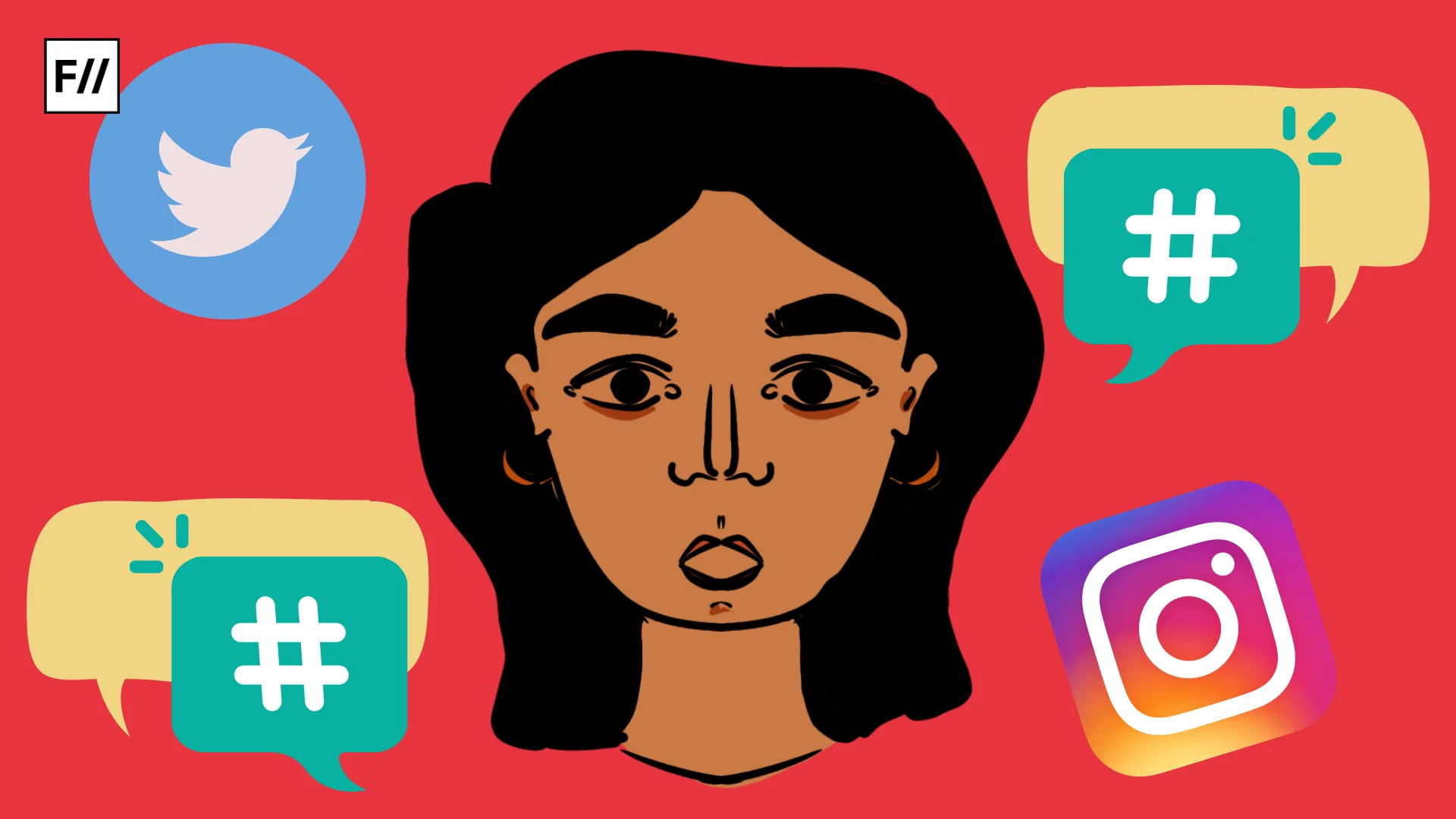
Numerous past actions of the government, like internet shutdowns during political protests or communal violence, have raised concern among human rights activists. Such acts limit the freedom of speech of people and stop them from receiving any information, which hampers economic activity, education, and access to essential services. This will discourage people from speaking freely without fear.
Mapping a way forward
This is the time for legislating fair and responsible rules, during an age where life is overwhelmed with online content. The Supreme Court’s judgment on the recent case highlights the urgent need for accountability and respect in the online space. It is also point to be noted that any rule should uphold the constitutional values and protect human rights. Civil society and digital rights groups should be involved in the process to ensure the rules are just and balanced. Even digital literacy, respectful and ethical online behaviour should be a part of school education, and also educating people on these platforms through a public awareness campaign.
With today’s digital advancement, the internet and social media platforms like YouTube, Twitter, etc., play a key role in the sharing of ideas and are part of this democratic setting, but they also bring challenges like discrimination and misinformation. There is a need for balanced laws that ensure digital justice for vulnerable groups as well as ensure free speech. But again, the question is the same: how can this be achieved without censorship in a country like India?
About the author(s)
Himani is a postgraduate in Political Science from Ramjas College, University of Delhi with a keen academic focus on gender, culture and social justice. Her academic and field experience includes research and project coordination in areas such as tribal entrepreneurship, environmental advocacy and community service.
